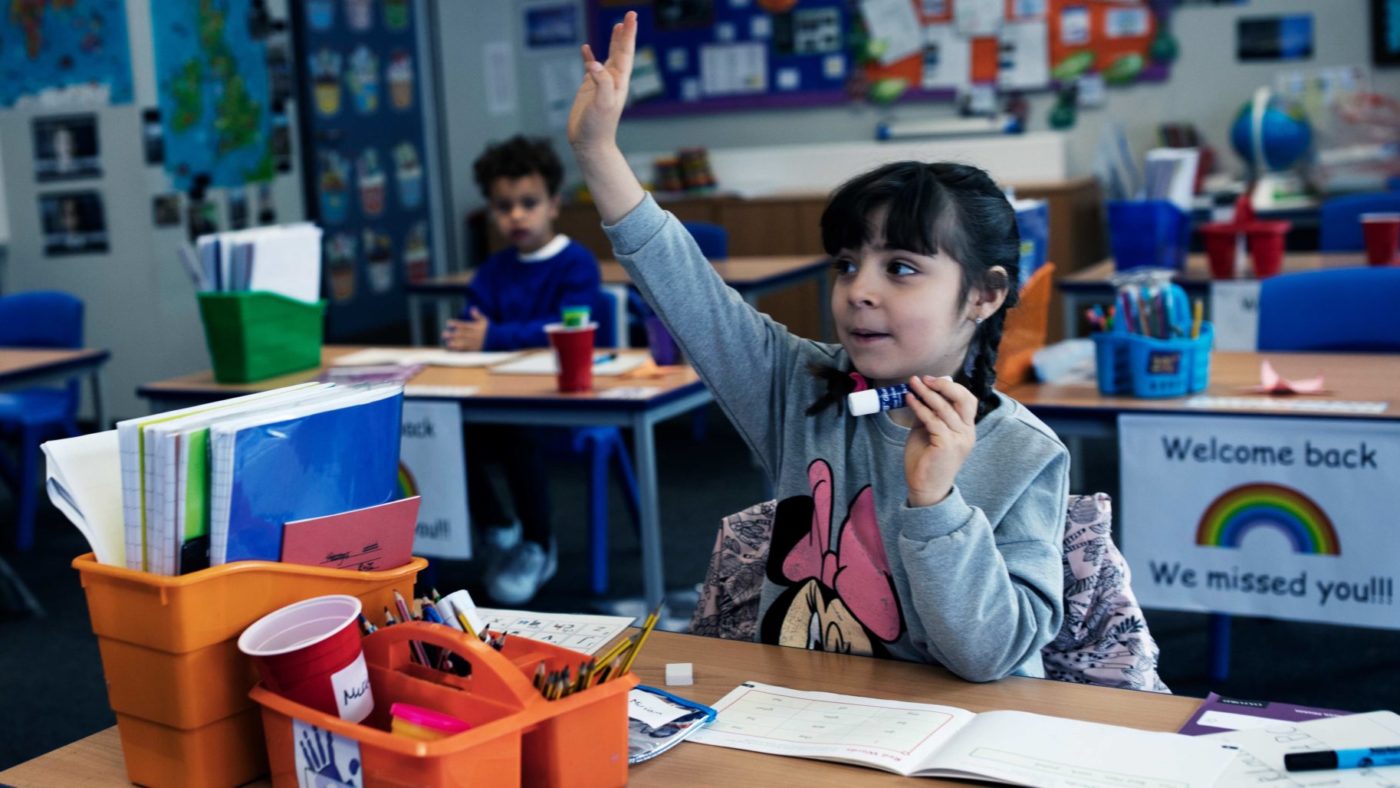The pandemic shattered the education system, exposing clear flaws that have persistently hindered learning. Large schools, following a centralised system without the freedom to tailor educational needs to individuals, have been failing too many students for too long. There are large gaps in basic educational attainment for students, particularly those from more disadvantaged backgrounds.
A new innovation, microschools, could help boost educational standards by providing some much-needed competition and innovation. Microschools are typically run by a team of between two and 10 teachers for a similarly small number of students. The small classes allow individualised teaching that simply wouldn’t be possible in a normal state school. There are a variety of ages within a single classroom, with pupils often focused on project-based learning. As microschools are funded by a small number of parents, their educational priorities reflect what families want, rather than the top-down approach in the state system, which sometimes appears designed to appease politicians rather than parents.
Microschools or ‘pandemic pods’ are a regular feature of the education debate in the US, but they have now reached these shores too. One such example is Hove Micro-School, founded in September 2020, it has now expanded to around 20 students, but with just five children per class. ‘Microschools bridge the gap by providing expert tuition adapted to each child, in smaller class sizes and a more comfortable learning environment while providing a wide range of activities,’ says Rachael Ammari, the founder of Hove Micro-School says. ‘Hove Micro-School demonstrates that it is possible to build a new type of school that really puts children’s learning first.’
The emergence of microschools was catalysed by the Covid restrictions, as parents sought alternatives to a state school system that was failing to provide high-quality remote education. However, as a new report from the Adam Smith Institute argues, microschools offer a template for educational success well beyond the pandemic.
The biggest obstacle is that, as it stands, microschools would have to be funded entirely by parents, making them inaccessible to much of the population. However, this could be addressed relatively easily by introducing school vouchers. Under such a scheme, parents would get a voucher worth the average per-pupil cost of state education, to spend on a school of their choice, be it state, private or microschool. While this voucher would probably not cover the cost of most private school fees, it would be enough to send a child to a microschool, irrespective of their family’s financial situation.
Finance isn’t the only hurdle, however. Intricate and often unnecessary regulations make setting up and maintaining a microschool incredibly difficult. A quick way around this would be for ministers to set up a schools sandbox, modelled on the Financial Conduct Authority’s regulatory sandbox, to allow educational entrepreneurs to experiment with new forms of schooling.
Not only would the introduction of microschools improve the education for those who attend, but it would increase competition in the education market, making other schools improve their teaching to attract students. That drives a virtuous circle of improvement, in which schools constantly have to up their game to keep up.
By far the most compelling argument, however, is that microschools such as the one in Hove have already shown that a different form of education is possible –now it’s time to make that a reality for as many children as possible.
Click here to subscribe to our daily briefing – the best pieces from CapX and across the web.
CapX depends on the generosity of its readers. If you value what we do, please consider making a donation.


